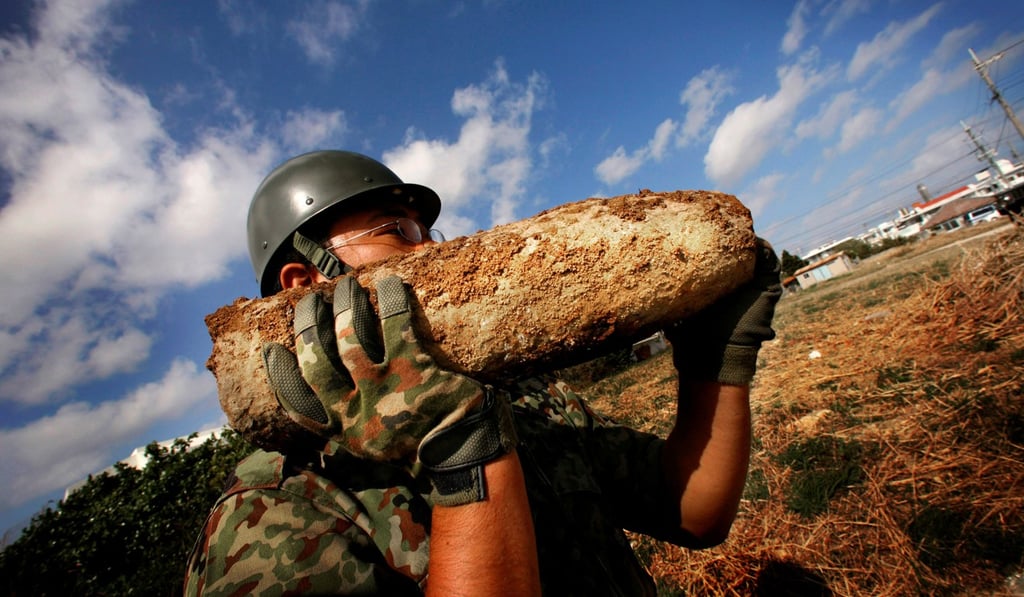‘Worse than death’: the children who survived the battle for Okinawa
More than 70 years on from the fighting, the horrors of war still haunt the survivors. For them, there may be one thing worse than dying in war: surviving it

Kiku Nakayama was 16 years old in 1945 when she was handed two grenades by a soldier from the Imperial Japanese Army. She was told to blow herself up if she came into contact with US troops.
“Japanese soldiers told us that the American forces would rape and burn alive any women they saw. I did not have the courage to pull the pin but many of my classmates did,” says Kiku, 89. “Every day I wonder why I survived and not them.”
Last month marked the 73rd anniversary of the battle of Okinawa. Many survivors such as Kiku are still trying to come to terms with the atrocities they experienced.
‘Chinese agent’ and other insults the Okinawa governor lives with for opposing US base
Outnumbered by American forces, Japanese soldiers handed out grenades to civilians describing them as “benevolent gifts from the Emperor”. Other accounts detail them using civilians as human shields, decapitating babies whose cries threatened to give away secret hiding spots and stealing food meant for women and children.
Hitler’s Germany was on the brink of an unconditional surrender in 1945 when America turned its attention to the Pacific in an attempt to stop the last of the Axis powers by invading mainland Japan.

During the battle of more than 80 days that lasted until June 22, 1945, Japanese and American troops obliterated the island chain in a cacophony of mortar and machine-gun fire under unforgiving monsoon rains, resulting in the deaths of more than 150,000 Okinawan civilians – almost a third of the indigenous population.